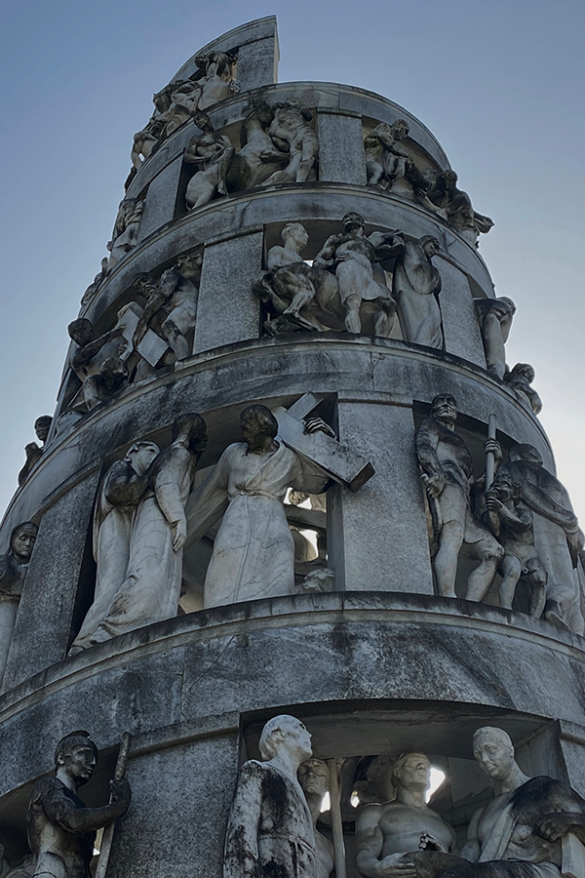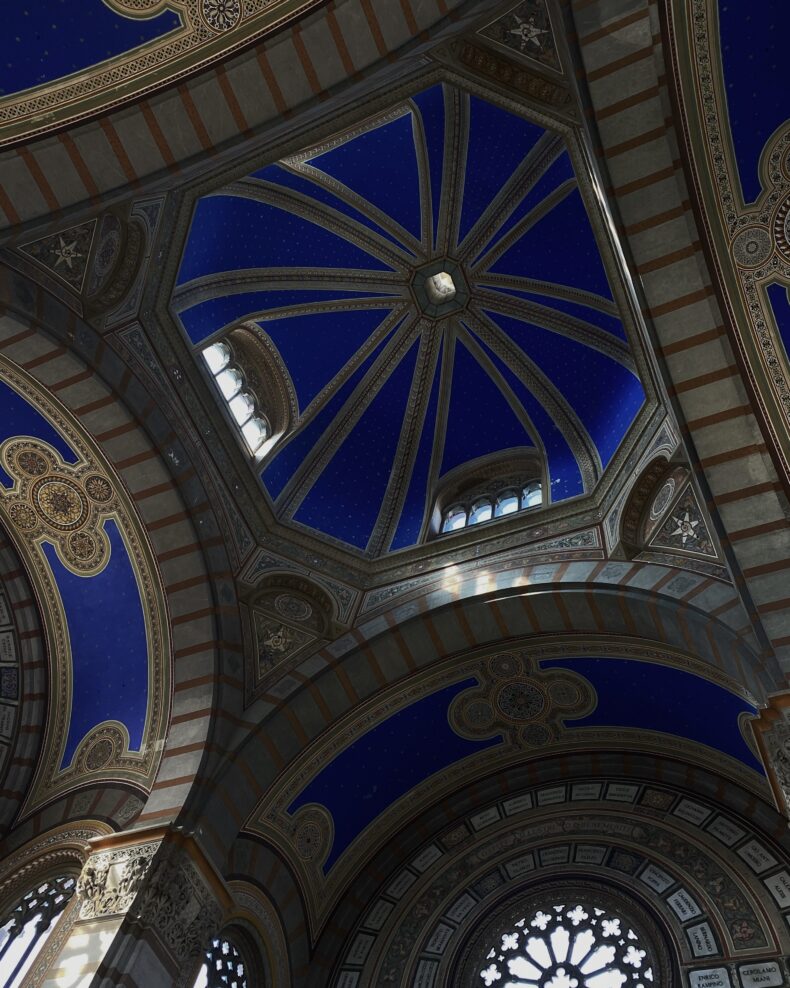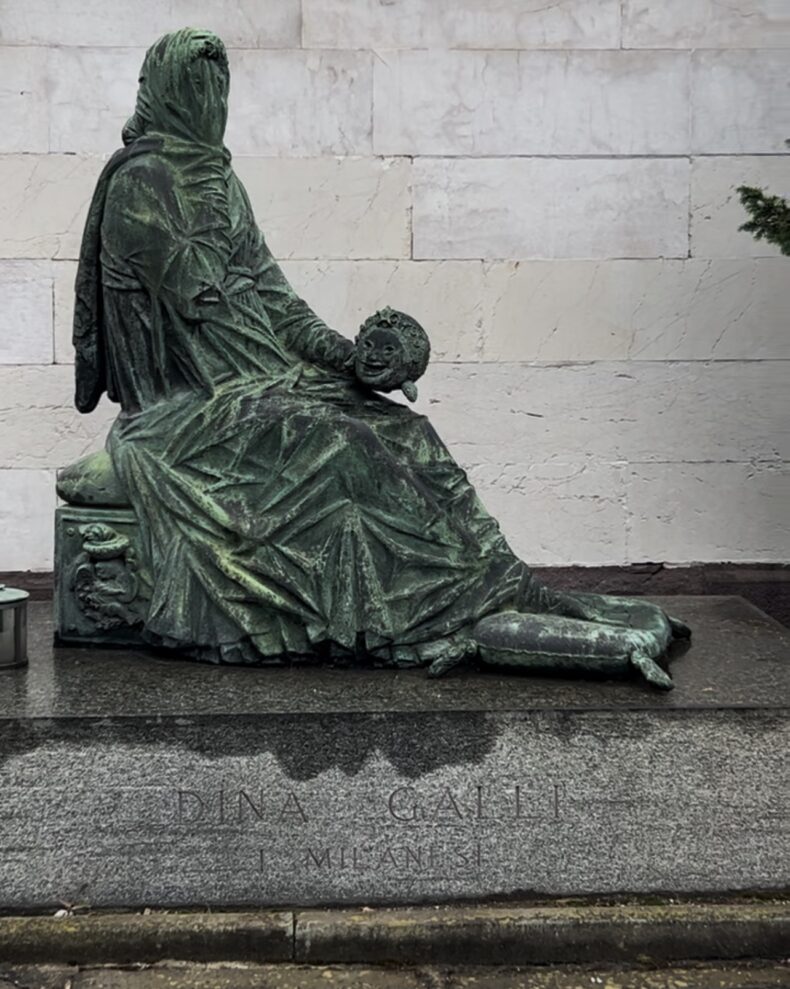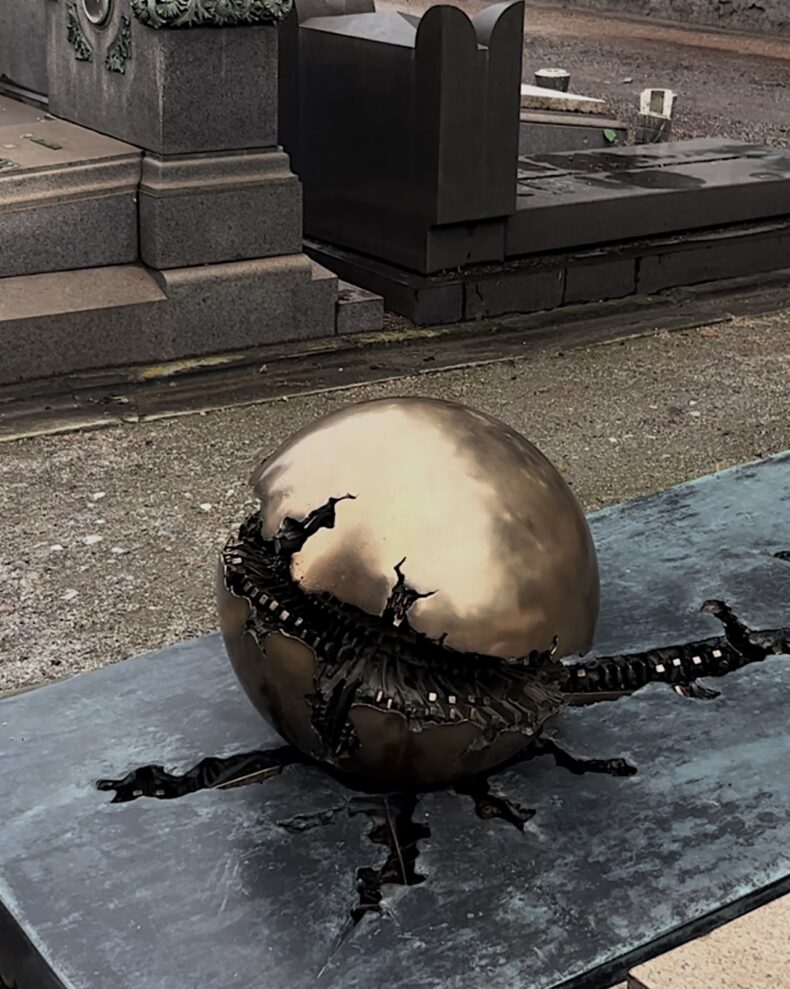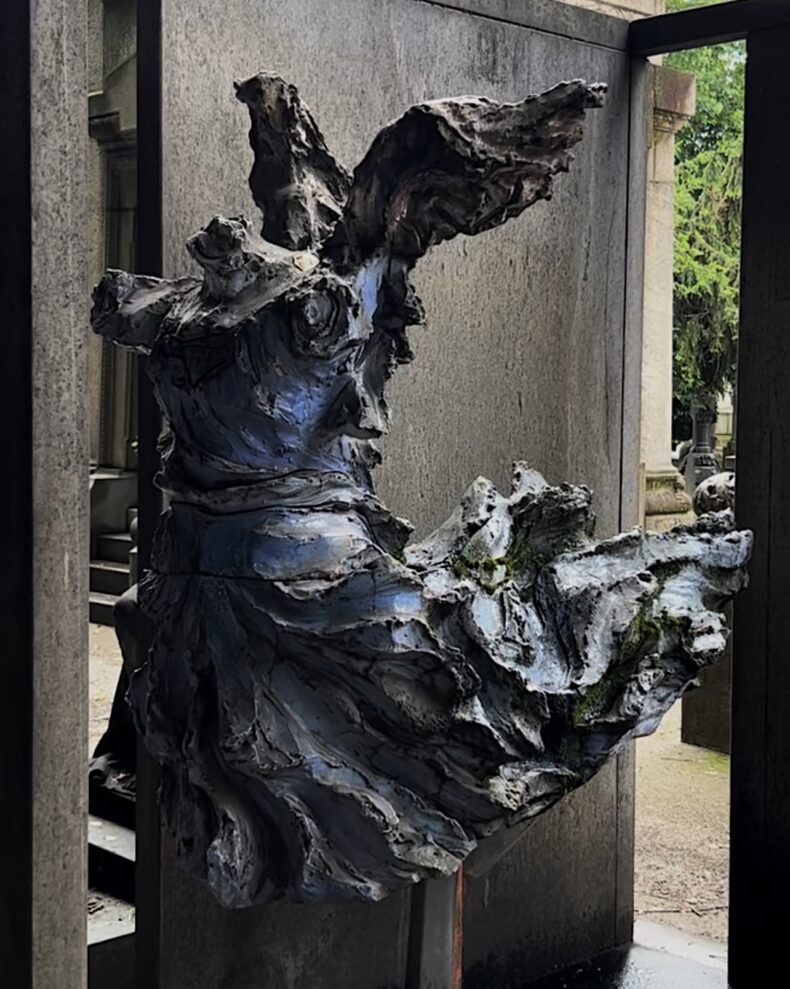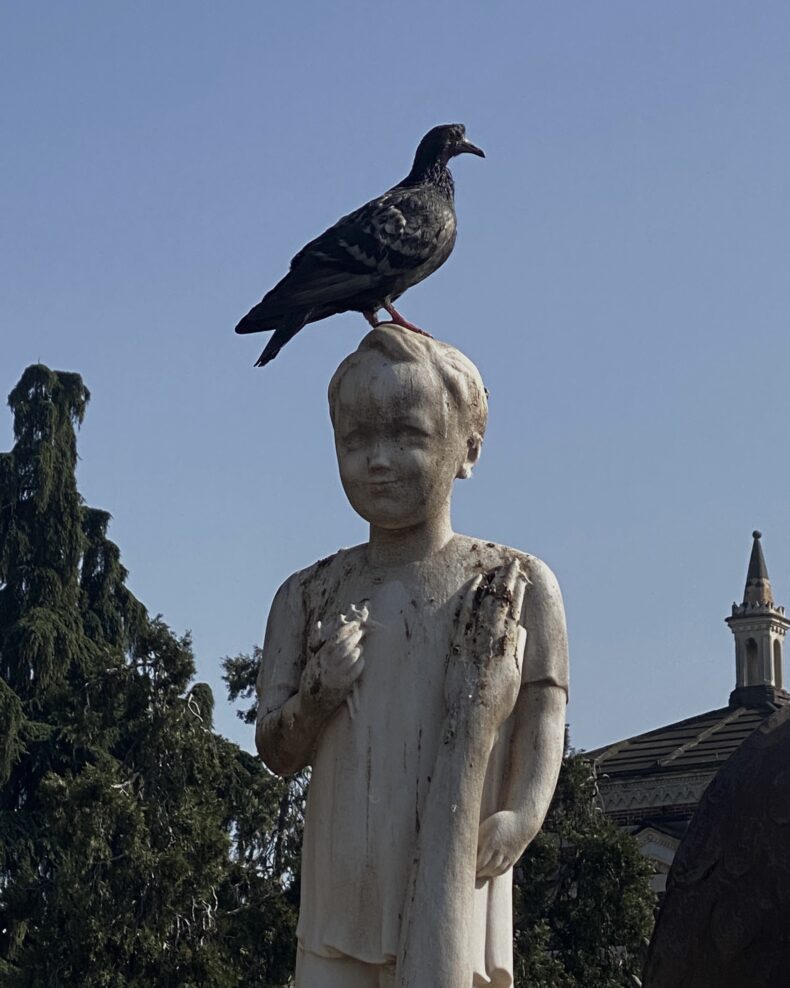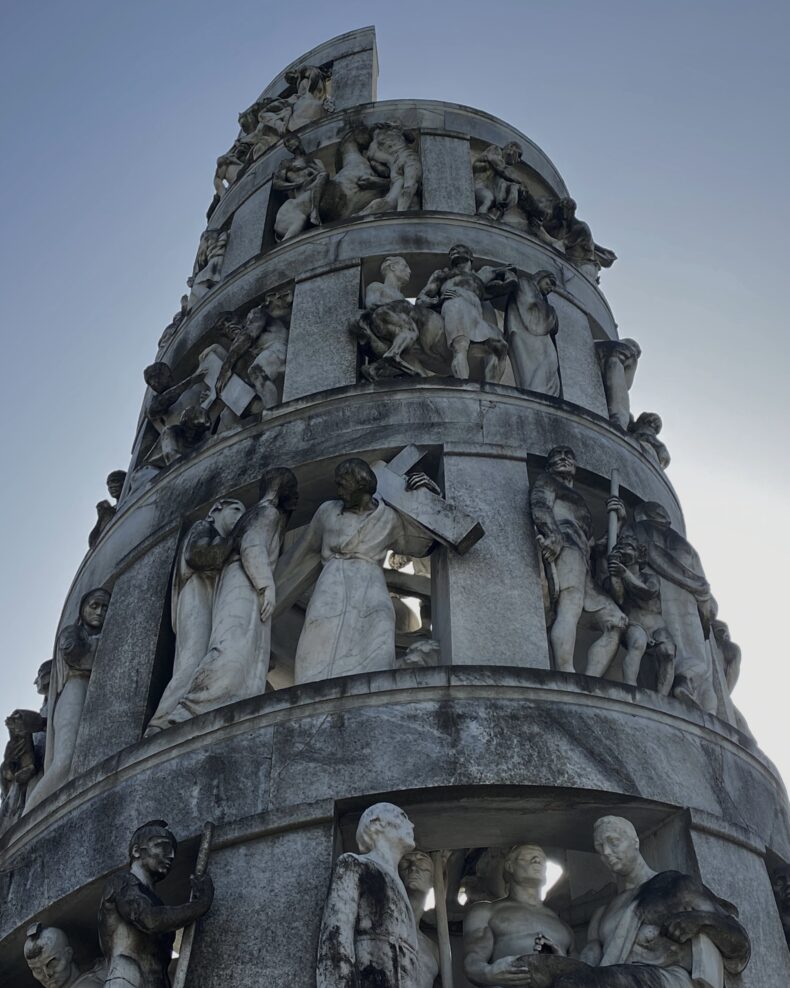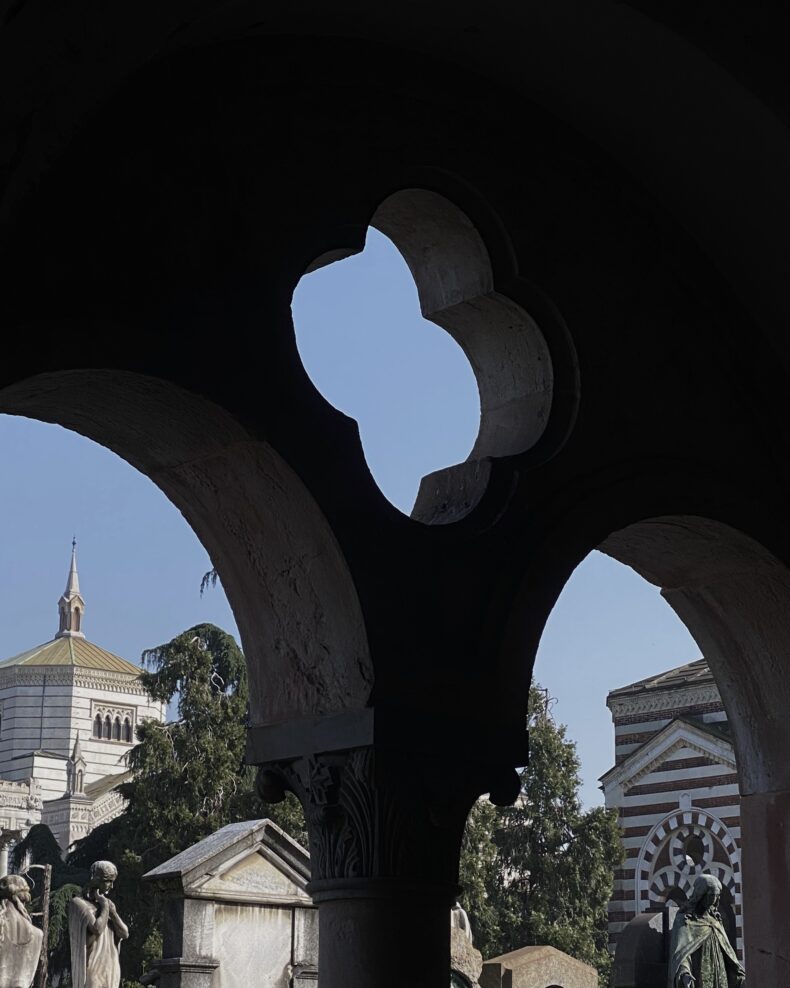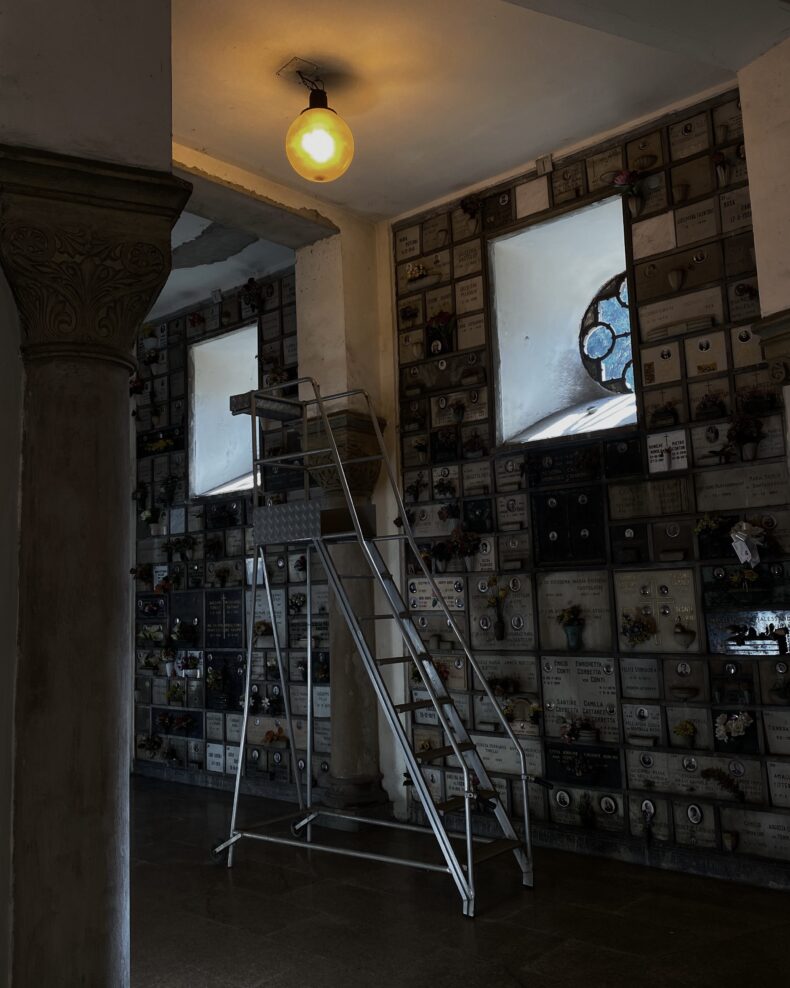Milan is no longer just an important financial center and spearhead of the fashion industry, but is increasingly a tourist destination for its artistic and architectural treasures. In fact, in addition to the extraordinary art galleries, luxurious stores and renowned restaurants, the city boasts a number of places of great importance among which cannot miss the Monumental Cemetery that fully embodies the essence of the city with its extraordinary history and architectural beauty. A destination that unfortunately does not appear at the top of the must-visit places, (also applies to the Milanese) probably due to our understanding of the cemetery in general, but if you look carefully, the Monumental Cemetery is for all intents and purposes an open-air museum.
Located in the Porta Volta neighborhood, the Monumental Cemetery is one of the largest in Europe, and with its majestic tombs, impressive sculptures, and fascinating decorations it offers paths for all kinds of art enthusiasts. It is the resting place of many illustrious personalities of Italian history, including Alessandro Manzoni, the famous writer of “I Promessi Sposi,” Dario Fo, Enzo Jannacci, Alda Merini, Giorgio Gaber, Aldo Aniasi, Carla Fracci and many other famous names. There is no shortage of the many benefactors who, through their donations, have contributed to enriching the city of Milan.
MilanoGuida’s guided tours
Relying on MilanoGuida for your visit to Milan’s Monumental Cemetery is the best solution to leave nothing unexplored. In fact, MilanoGuida offers several itinerary options, all of them engaging and full of surprises, mysteries and curiosities to discover. Through the skills of experienced and certified guides, you can immerse yourself in a magical tour that will enhance the true artistic and cultural value of this unique place. The introductory tour is the one that will take you by but into the heart of the history of this important place for the city of Milan and you can book it here. If, on the other hand, you are looking for a more specific tour, there are other tours such as the one dedicated to the 1900s, the women of the Monumental Cemetery, the Jewish sector and Art Nouveau.
The history of Milan’s Monumental Cemetery
In Milan, in 1837, the idea was developed to create a large cemetery to replace the numerous and often shabby cemeteries scattered around the city. Thus, a competition was instituted and won by architect Carlo Maciachini (1818-1899). It was not until 1863, however, that the design of the new Monumental Cemetery was approved and construction began. Over the years, the cemetery was expanded and enriched — first with a masonry enclosure, then with the central Ossuary, and finally with the creation of the Famedio — until it reached its present size of about 250,000 square meters.
SOME PICTURES OF MILAN’S MONUMENTAL CEMETERY
- Il Cimitero Monumentale di Milano
- Il Cimitero Monumentale di Milano
- Il Cimitero Monumentale di Milano
- Il Cimitero Monumentale di Milano
- Il Cimitero Monumentale di Milano
- Il Cimitero Monumentale di Milano
- Il Cimitero Monumentale di Milano
- Il Cimitero Monumentale di Milano
- Il Cimitero Monumentale di Milano
- Il Cimitero Monumentale di Milano
- Il Cimitero Monumentale di Milano
How to reach the Monumental Cemetery of Milan?
The easiest way to reach Milan’s Monumental Cemetery is undoubtedly to arrive at Milan Porta Garibaldi station and then take a short walk. Walk along Via Ceresio, in the heart of Milan, in front of you then will open a majestic square, a true masterpiece decorated with bands of marble and an alternation of white and pink granite colonnades from Baveno. The layout of the Cemetery follows the classic urban planning vision, the focus, however, goes to the monuments-the real pride of this place. Wide spaces open up along the inner avenues, dividing the site in a masterful way. Next, you will find the Ossuary and the Necropolis, leading to the Crematorium Temple.
The Monumental Cemetery was created to meet the different needs and beliefs of the citizens, as evidenced by the two separate sectors at the entrance of the Non-Catholics and Israelites. The main entrance is along the Famedio, also known as the “Temple of Fame,” and then, inside the Cemetery, you will discover the tombs of the most famous dynasties of industrialists, intellectuals and artists, designed by the likes of Lucio Fontana, Giò Ponti, Arturo Martini and Giò Pomodoro.
“Milan, the city of undiscovered cultural treasures. In the Monumental Cemetery, a journey through unparalleled history and architectural beauty.”

